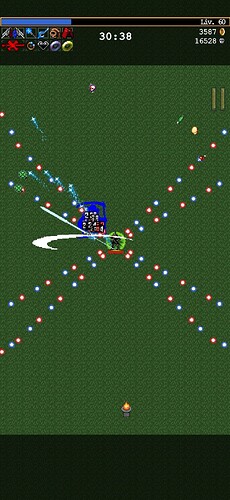Godot Version
Godot 4
Question
Hi people of the forum! I’m working on a vampire survivors-like game with procedural generation of the map and cod zombies-like quests and Easter eggs.
So I am early in development and I’m trying to understand how I will be able to make procedural generation of corridors and open spaces that lead to premade rooms with a randomised position. I heard of the Gaea plugin, but I don’t know if it will be useful for the
type of visual my game has (I don’t know how it’s called it’s not a top down but it doesn’t have “horizontal” view either, for reference I’m leaving an image of vampire survivors.
Or at least, I don’t think it’s top down as the characters are seen from side.
Are there other, maybe better ways to do procedural generation other than that plugin for what I’m trying to do?
And for the ones that may think “but in vampire survivors the map is an open space, what do you need procedural generation for?” yeah I thought of doing something different, having each game be in a procedurally generated dungeon with restricted (but not too much) space.
Sorry if my questions are kind of dumb or not clear.
